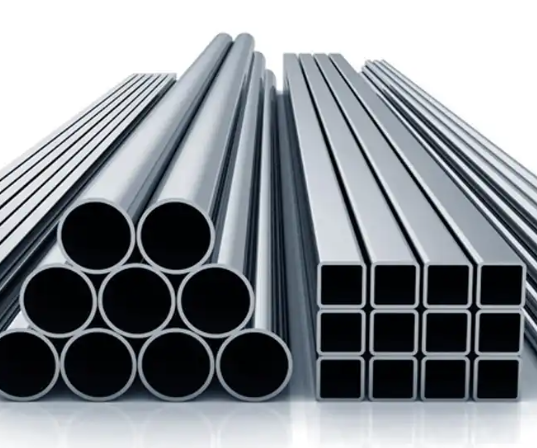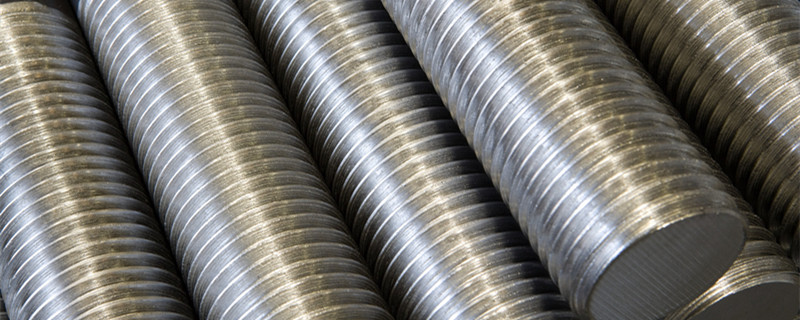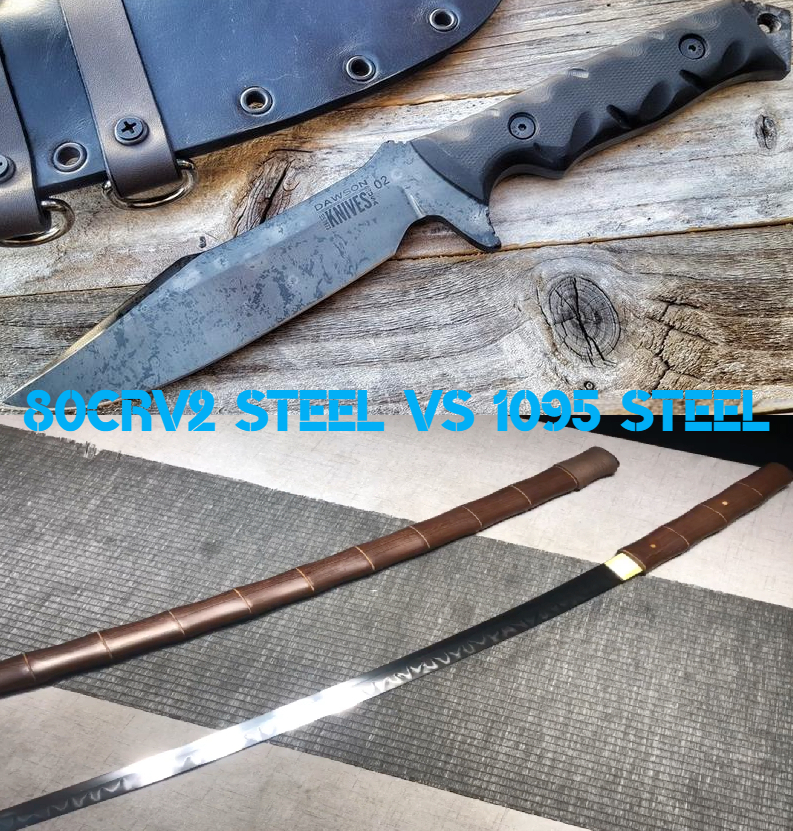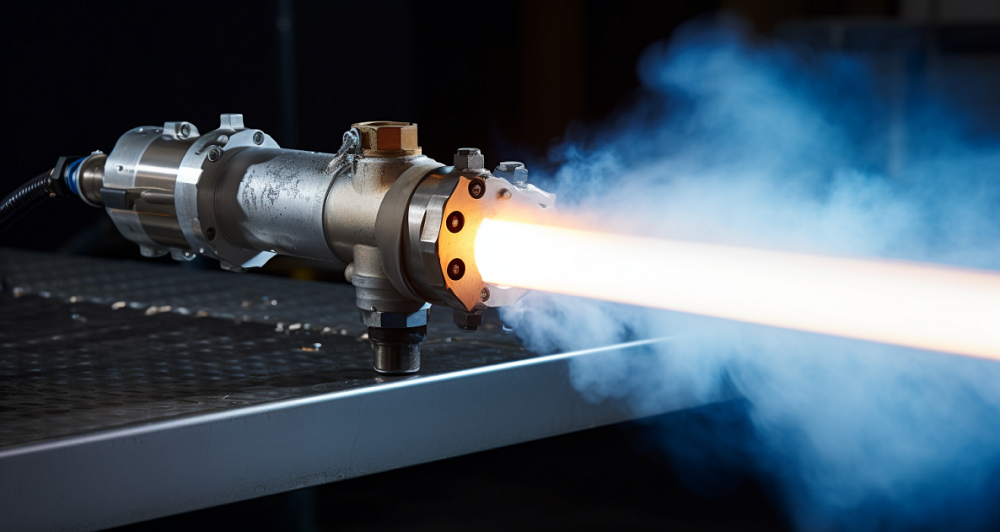There are many types of steel materials, and they are used selectively according to their intended applications. Among them, one widely used type is SS400 in Japan and Asia.
What are the features of SS400, and in what situations is it used? We will introduce the features, advantages, and disadvantages of SS400, as well as points to consider regarding its processing.
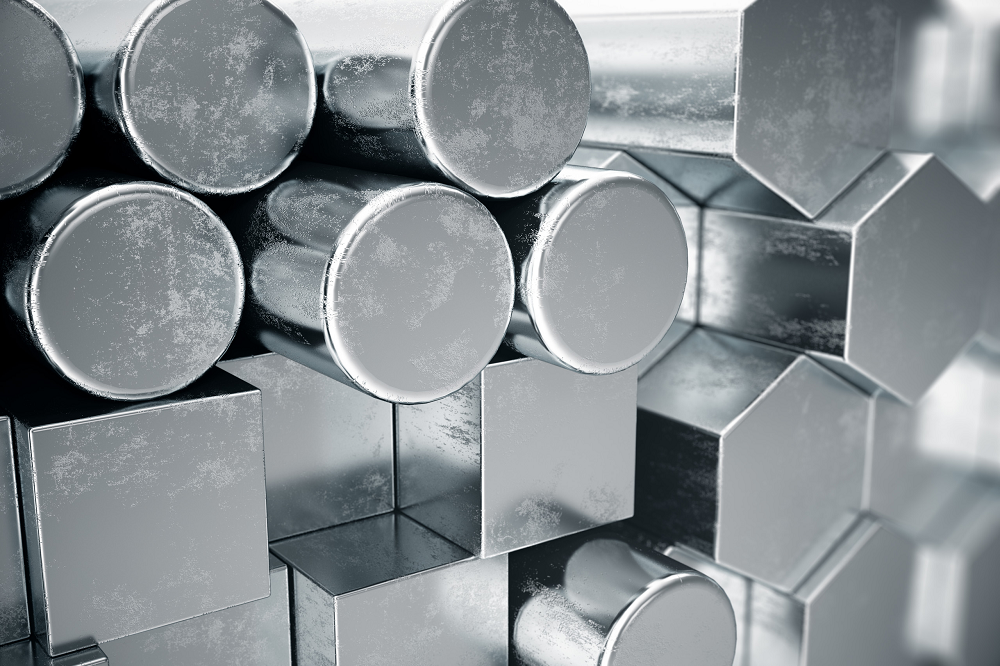
What is SS400 Steel?
SS400 steel is a structural steel commonly used in the construction and engineering industries. It is a low carbon steel known for its excellent strength and weldability. The “SS” in SS400 stands for “structural steel,” and the “400” refers to the minimum tensile strength of 400 megapascals (MPa). SS400 steel is widely used for various structural applications, including buildings, bridges, machinery, and shipbuilding.
Features of SS400 Steel
SS400 is a commonly used abbreviation for a type of structural steel in Japan, a type of carbon steel classified under SS material (Steel Structure/general structural rolled steel). It stands for “Structural Steel 400,” where “400” refers to the minimum tensile strength of 400 megapascals (MPa). This steel grade is equivalent to the ASTM A36 specification in the United States or the S235JR specification in Europe. While SS materials are used in a wide range of fields, SS400 stands out for its high versatility and widespread distribution.
The number following “SS” represents the tensile strength, and SS400 refers to SS materials with a tensile strength ranging from 400 to 510 N/mm². It offers excellent workability and cost-effectiveness, making it suitable for various applications such as construction materials, ships, bridges, and automobiles.
Designated Thickness
SS400 is available in thicknesses like 4.5mm, 6mm, 9mm, 12mm, 16mm, and 19mm are set, but other thicknesses can also be used.
The number 400 that represents the steel grade is defined by its tensile strength, but what matters in practical use is the yield point (yield strength) that indicates its resistance to deformation. Attention should be paid to the fact that the yield point decreases as the thickness of the plate increases.
For SS400, the yield point is 245 N/mm² for plate thickness up to 16mm, 235 N/mm² for plate thickness between 16mm and 40mm, and 215 N/mm² for plate thickness below 100mm.
Advantages of SS400 Steel
SS400 is widely used due to its numerous advantages. What are the benefits of SS400?
– Abundant Variety and Distribution
SS400 offers a wide range of steel shapes and sizes. This diversity allows for easy selection of suitable steel for specific uses, reducing processing time. The high distribution volume also ensures short lead times, making it cost-effective as a steel material. This can lead to shortened project timelines, reduced work hours, and cost savings.
– High Workability
SS400 possesses a moderate hardness, providing excellent workability. It has good weldability and can be adapted for various processing methods. However, for welding materials with a thickness of 25mm or more, materials specifically designed for welding like SM material are recommended.
– No Need for Quenching and Tempering
Due to its relatively low carbon content, SS400 is less affected by heat, eliminating the need for processes like quenching and tempering. Its material hardness can be maintained without additional treatments.
Disadvantages of SS400 Steels
SS400 has its drawbacks along with its advantages, which can affect processing. Let’s consider the disadvantages as well.
– Ineffectiveness of Quenching and Tempering
While not needing quenching and tempering is an advantage, it can also be a disadvantage if the desired strength cannot be achieved. SS400 doesn’t benefit from quenching to enhance its strength, so for applications requiring high strength, alternative materials must be used.
– Susceptibility to Corrosion
SS400 is relatively prone to corrosion. Surface treatments such as plating, painting, and oxide coating are necessary to prevent corrosion.
SS400 is supplied as either “mill scale” (black scale) material with an oxide coating called “mill scale,” or as “polished” material with the mill scale removed.
Black scale material is often used in non-visible applications. Polished material is used after surface treatments since exposed material is susceptible to corrosion.
– Relatively Soft Among Steel Materials
SS400 falls under soft steel category among steel materials and is relatively soft compared to others. It might not meet the required mechanical strength in scenarios where high mechanical strength is needed.
For applications demanding high hardness, like pins, bearings, or sliding parts requiring wear resistance, SS400 might not be suitable. In such cases, materials like S45C are commonly used.
What US Steel is Comparable to SS400 Steel?
The closest equivalent to SS400 steel in the United States would be ASTM A36 steel. ASTM A36 is a commonly used structural steel grade that has similar mechanical properties to SS400. Both SS400 and ASTM A36 are designed to have a minimum yield strength of 250 MPa (about 36 ksi) and a minimum tensile strength of 400 MPa (about 58 ksi). They are both mild steels and are often used in similar applications such as construction, manufacturing, and general fabrication.
It’s important to note that while SS400 and ASTM A36 have similar properties and are often used interchangeably, there can be some differences in chemical composition and other specifications. If you’re looking for an exact match for a specific application, it’s recommended to consult with material experts or refer to the relevant standards and specifications.
Differences Between SS400 and ASTM A36
SS400 and ASTM A36 are both widely used structural steel grades, and they have many similarities in terms of mechanical properties and applications. However, there are some differences between them as well. Here are some key differences between SS400 and ASTM A36:
1. Origin and Standards:
– SS400: SS400 is a Japanese standard steel grade, established by the Japanese Industrial Standards (JIS). It stands for “Structural Steel 400.”
– ASTM A36: ASTM A36 is an American standard specification for carbon structural steel. It is one of the most commonly used standards for structural steel in the United States.
2. Chemical Composition:
– SS400: The chemical composition of SS400 may vary slightly depending on the supplier and production process, but generally, it has a carbon content of about 0.05% to 0.25%, along with other elements like manganese and silicon.
– ASTM A36: ASTM A36 has a specified maximum carbon content of 0.29%, which is higher than that of SS400. It also includes small amounts of other elements like phosphorus, sulfur, silicon, and copper.
3. Tensile Strength and Yield Strength:
– Both SS400 and ASTM A36 have a minimum tensile strength of 400 MPa (58 ksi) and a minimum yield strength of 250 MPa (36 ksi). This is why they are often considered as comparable materials.
4. Mechanical Properties:
– While their tensile and yield strengths are similar, there might be some variations in other mechanical properties due to differences in manufacturing and testing standards.
5. Applications and Usage:
– SS400 and ASTM A36 are both used for various structural applications such as building frames, bridges, machinery parts, and general fabrication.
– ASTM A36 is commonly used in the United States, while SS400 is more common in Japan and other parts of Asia.
6. Certification and Testing:
– ASTM A36 is a widely recognized and accepted standard in the United States, and it has specific requirements for chemical composition, mechanical properties, and testing methods.
– SS400 may have some variations in chemical composition and properties due to its reliance on the JIS standard, which can lead to differences in testing and certification practices.



